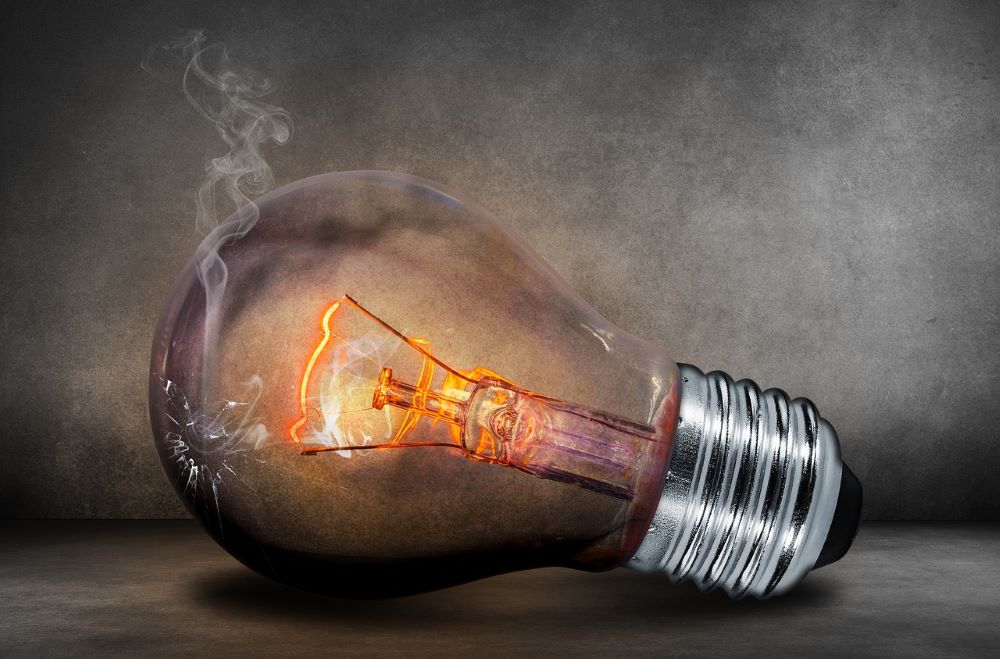Metal halide lighting has long been a popular choice for various applications ranging from outdoor sports arenas to indoor commercial spaces. However, despite its widespread use, metal halide lighting comes with its fair share of problems and drawbacks. From environmental concerns to efficiency issues, understanding these challenges is crucial for making informed decisions about lighting solutions in today’s world.
- Energy Inefficiency: One of the primary issues with metal halide lighting is its energy inefficiency. These lights require a significant amount of energy to operate, especially during startup when they draw a high current. Moreover, metal halide lamps have a relatively short lifespan compared to other lighting technologies, leading to frequent replacements and increased energy consumption over time.
- Limited Lifespan and Lumen Depreciation: Metal halide lamps suffer from lumen depreciation over time, meaning they gradually lose their brightness as they age. This not only affects the quality of illumination but also necessitates more frequent replacements to maintain adequate light levels. Additionally, the lifespan of metal halide lamps is typically shorter than newer, more energy-efficient alternatives such as LEDs.
- Environmental Impact: Metal halide lamps contain mercury, a toxic substance that poses environmental risks if not disposed of properly. Improper disposal can lead to mercury contamination of soil and water, harming ecosystems and potentially impacting human health. As society becomes increasingly aware of the importance of sustainability and environmental conservation, the use of mercury-containing lighting solutions like metal halide is being scrutinized more closely.
- Color Rendering and Temperature: While metal halide lamps offer relatively good color rendering compared to some other high-intensity discharge (HID) lighting technologies, they still fall short of the natural light quality provided by LEDs. Additionally, metal halide lamps can exhibit color shifting and variations in color temperature over time, impacting the consistency and quality of illumination.
- Maintenance Costs and Downtime: The frequent replacement of metal halide lamps due to their limited lifespan and lumen depreciation contributes to higher maintenance costs for businesses and facility managers. Furthermore, downtime resulting from lamp failures can disrupt operations and affect productivity, making it essential to consider not only the initial cost of the lighting system but also ongoing maintenance expenses.
- Heat Generation and Cooling Requirements: Metal halide lamps produce a significant amount of heat during operation, which can contribute to discomfort in indoor spaces and increase the load on cooling systems. In environments where maintaining optimal temperatures is crucial, such as server rooms or greenhouses, the heat generated by metal halide lighting may necessitate additional cooling measures, further adding to energy consumption and operational costs.
- Competition from LED Technology: Perhaps the most significant challenge facing metal halide lighting is the rapid advancement and widespread adoption of LED technology. LEDs offer numerous advantages over traditional lighting sources, including higher energy efficiency, longer lifespan, better color rendering, and reduced environmental impact. As a result, many businesses and organizations are transitioning away from metal halide lighting in favor of LEDs to reap these benefits and stay competitive in an increasingly energy-conscious market.
LED lighting presents a compelling alternative to metal halide lamps, addressing many of the issues associated with traditional lighting technologies. LEDs consume less energy, last longer, and offer superior performance in terms of color rendering and temperature consistency. Additionally, LED technology continues to improve rapidly, with ongoing advancements leading to even greater energy efficiency and cost-effectiveness over time.
In conclusion, while metal halide lighting has served as a reliable illumination solution for many years, its drawbacks are becoming increasingly apparent in the face of evolving technological advancements and environmental considerations. By embracing LED lighting solutions, businesses and consumers can enjoy the benefits of superior performance, energy efficiency, and environmental sustainability, paving the way for a brighter and more sustainable future.

